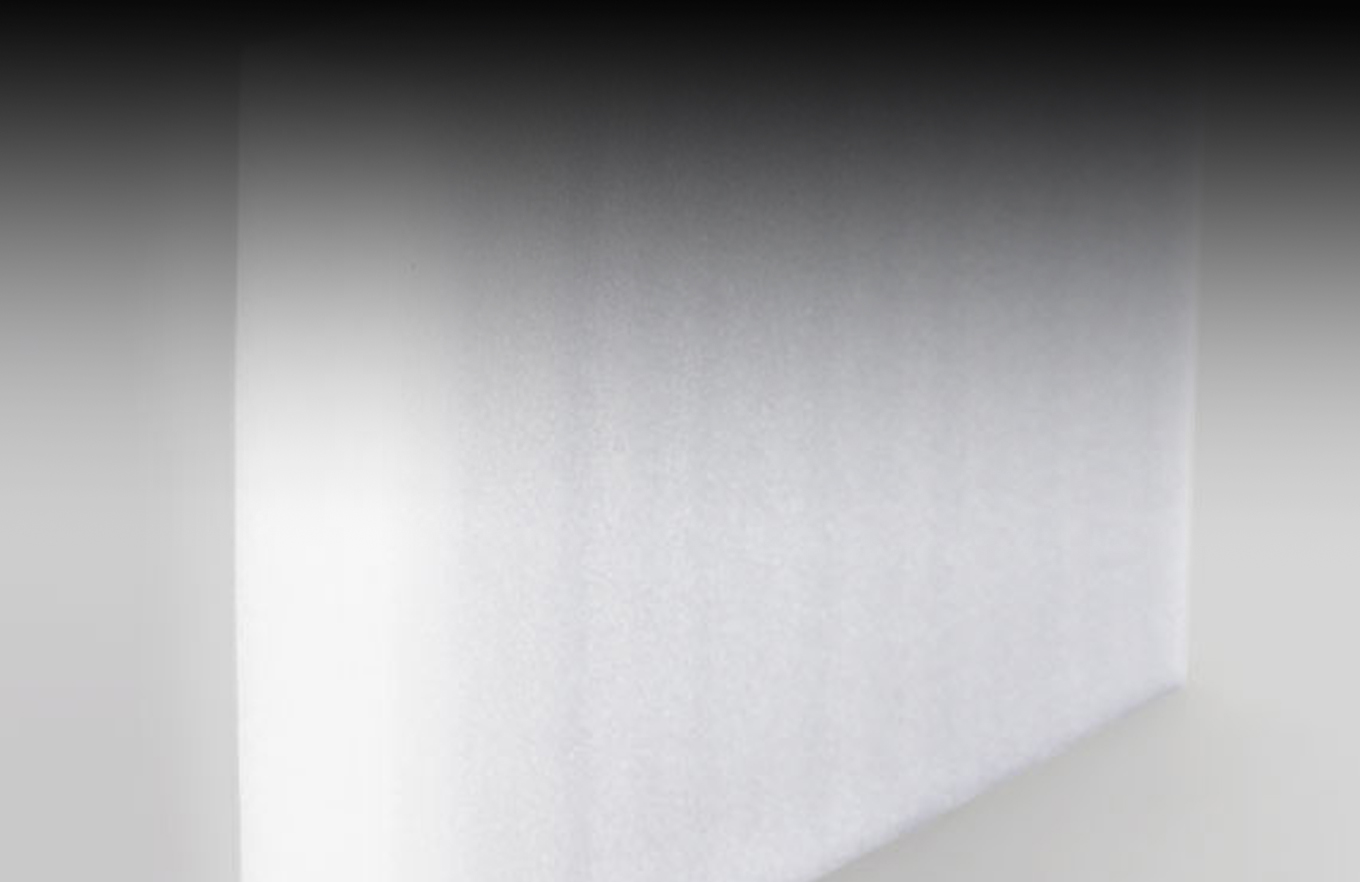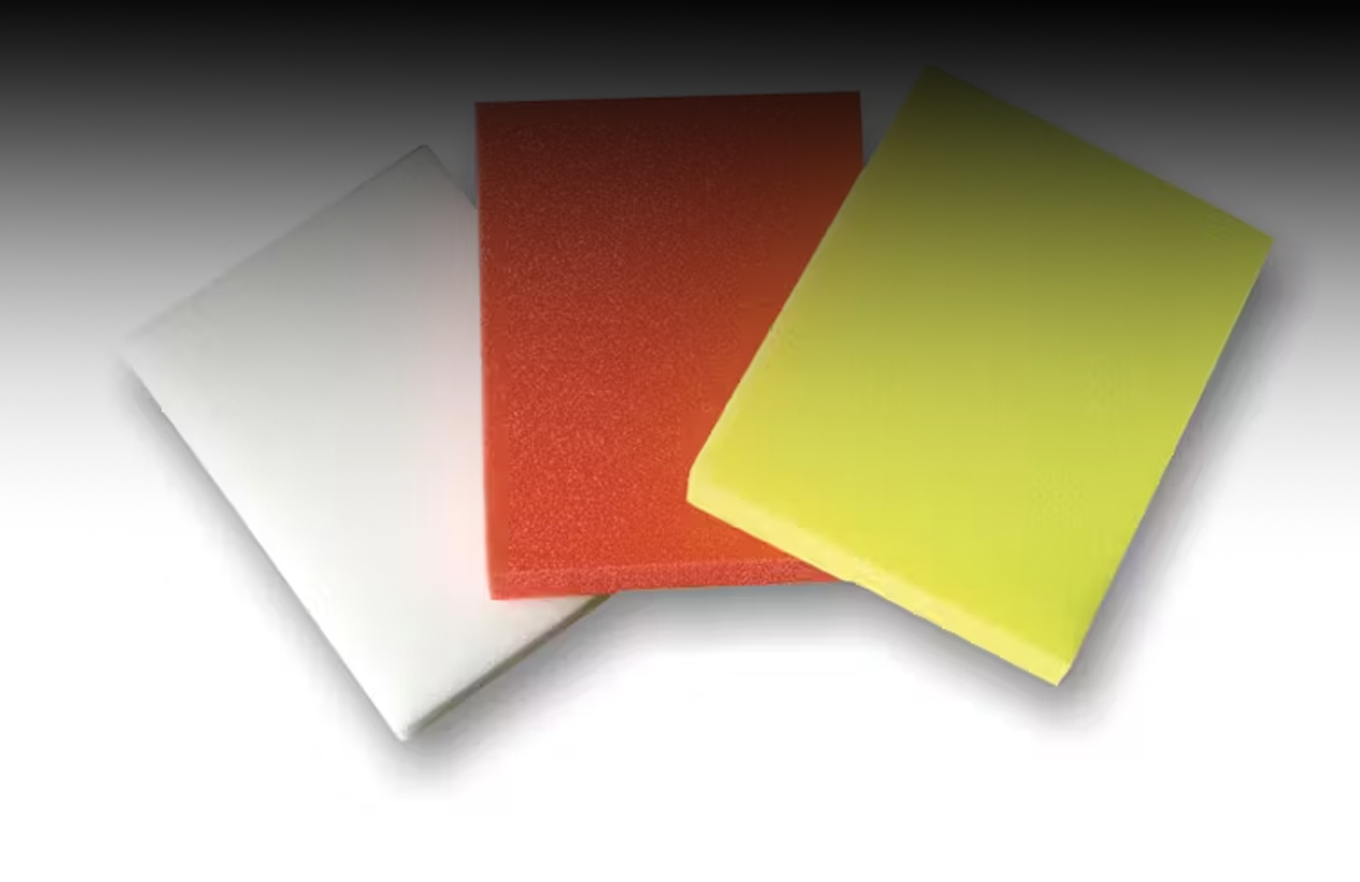
Buoyant foam has transformed various industries thanks to its lightweight, water resistance, and ability to provide safety and stability in demanding environments. It is the unseen hero in countless everyday products and specialized tools, offering both performance and protection.
In this article, we explore how buoyant foam is innovatively used across sectors, including safety gear, industrial materials, and commercial packaging. As the demand for high-performance materials grows, so does the importance of buoyant foam in both traditional and emerging applications.

Buoyant foam is engineered for flotation and impact resistance. Unlike traditional foams, it doesn't absorb water, making it ideal for marine and water safety uses. Closed-cell foam is often the foundation for buoyant foam, giving it structural integrity and reliability under pressure. Samad Foam has long invested in the development of buoyant foam products that serve industries ranging from watersports to packaging.

Life jackets are among the most recognized uses of buoyant foam. This foam helps users stay afloat without requiring effort, making it essential for water safety. Closed-cell foam used in these applications ensures that the material remains functional even after long-term use or exposure to harsh marine conditions. Samad Foam supplies materials that meet rigorous safety standards, often used by leading safety gear manufacturers.
Marine cushions and buoys rely on buoyant foam to maintain their shape and float even when under stress. These items are often overlooked, but they provide critical support during emergencies. Samad Foam’s high-resilience foam products are trusted for these applications due to their proven durability.
Floating docks, pontoons, and underwater platforms use buoyant foam as a core component. These structures require consistent buoyancy and stability, often in extreme environments. Closed-cell foam provides this assurance, and Samad Foam's engineering team has developed custom foam blocks for use in high-demand projects.
Another lesser-known application is in subsea buoyancy modules that keep underwater pipelines lifted off the ocean floor. This prevents corrosion and facilitates maintenance. Buoyant foam is shaped and sealed to provide constant lift without water ingress. These specialty products often require custom formulations, which Samad Foam helps develop for engineering clients.
Buoyant foam isn’t just for water. It’s also ideal for packaging valuable or fragile goods. From electronics to automotive components, this foam cushions items from shocks during shipping. Closed-cell foam’s density ensures a tight fit and minimal movement. Samad Foam has supplied customized packaging foam for various global brands, ensuring safety from factory to customer.
In home and office spaces, buoyant foam is used in anti-fatigue mats, gym flooring, and even furniture padding. The compressive strength of closed-cell foam ensures long-term comfort and stability. Its buoyant nature also contributes to lightweight design, making transport and repositioning easier. Samad Foam offers several variants for consumer and retail use.
As the market shifts toward sustainability, manufacturers are blending buoyant foam with recycled foam inputs. This not only cuts down on waste but also maintains foam functionality. Closed-cell foam technology enables these blends to retain water-resistant qualities. Samad Foam is currently piloting eco-blends that meet both environmental and safety standards.
Innovators are now exploring the integration of smart sensors within buoyant foam structures forreal-time tracking and temperature monitoring. These advancements are particularly useful in medical transport packaging and military-grade rescue gear. Samad Foam continues to experiment with tech-integrated materials that improve performance while retaining the core properties of buoyant foam.
Contact Samad Foam today to discover how our buoyant foam solutions can enhance your product's protection and design.
Buoyant foam has moved beyond traditional flotation devices to become a key material in advanced engineering, packaging, and lifestyle applications. Its combination of strength, lightness, and resistance to water makes it one of the most versatile materials available. With companies like Samad Foam driving innovation in design and sustainability, buoyant foam is poised to serve industries far beyond its origins. Whether you're developing water safety gear or looking for reliable packaging materials, buoyant foam offers tested solutions that evolve with your needs.
Buoyant foam is used in life jackets, floating docks, protective packaging, and marine engineering components for floatation and cushioning.
Closed cell foam prevents water absorption, maintains shape under pressure, and improves the durability of buoyant foam in wet environments.
Yes, certain buoyant foams can be blended with recycled foam to create sustainable solutions without compromising floatation or protection.